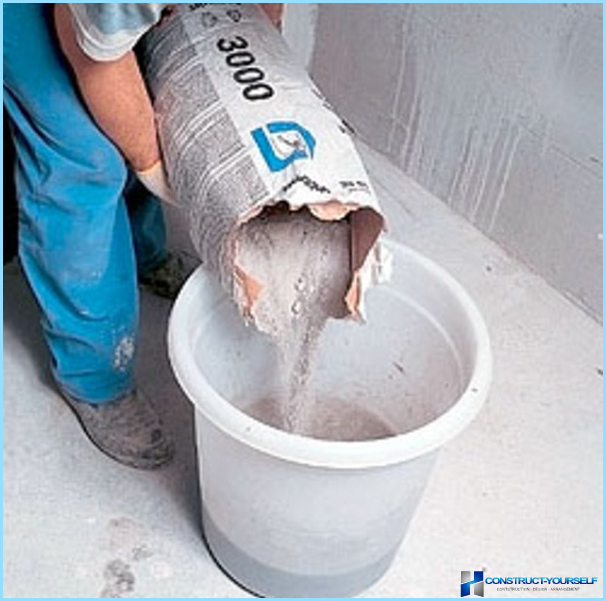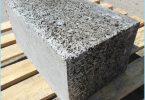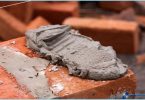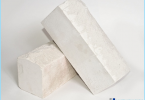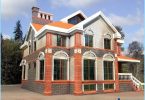The contents
- How to pick up properties of the plaster layer of the wall
- Plaster to increase the strength of walls and their rehabilitation
The quality and durability of the plaster layer depends on many small parts, significantly influencing the process of applying mortar to the wall and continued use. The mortar for plastering of walls, at first glance, it differs little from the composition for laying bricks or building blocks. It really is a bit does not match said. They have different functions, and hence the properties of a solution of plaster differ.
How to pick up properties of the plaster layer of the wall ^ the
Before mixing the mortar for plaster, you should clearly define the objectives to be achieved by applying the plaster layer on the wall:
Alignment and strengthening of the walls, the elimination of «blemishes» masonry;
- Protection from the damaging effects of moisture, frost or solar heat, repair, rehabilitation or restoration of old buildings or parts of walls new plaster with special properties;
- Wall insulation or elimination of the unpleasant dampness and condensation;
- Noise or sound insulation of walls with additional thickness of masonry.
We have not mentioned special decorative options for plaster, this is a purely decorative work, has little influence on the protective or mechanical properties of the walls.
Depending on the primary purpose of the plaster layer and choose a method for preparing a composition for plastering walls.
Plaster to increase the strength of walls and their rehabilitation ↑
About one and the same plaster is used to repair the breakaway layer of exterior plaster and complete plastering of brick or concrete walls. For «recovery» old brick walls from excessive moisture or salt solution composition and method of its preparation for plaster will be somewhat different.
The solution for durable plaster ↑
Mixture for applying a protective plaster layer is hardly different from mortar. But there is a specificity in the preparation of plaster for external walls.
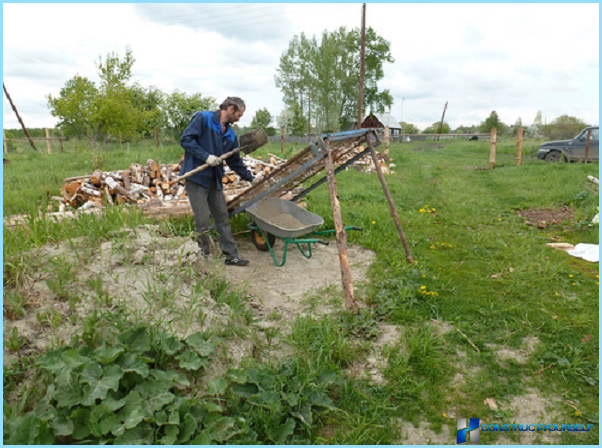
First, the mortar for plastering of walls should be light and very durable, with minimal shrinkage phenomena. Unlike masonry mortar, where the determining factor is the adhesion of weld material with a porous surface of the brick or block, the appearance of internal cracks is not a critical problem, if persists the normal adhesion of more than 60% of the binder in the seam. Problems with the adhesion strength of a solid plaster wall begins at the occurrence of 5-8% of the microcracks of the total area of the plastered surface. At higher percentage of cracks moisture intensively penetrates to the surface of the grip and chip protective layer of plaster all layers.
Secondly, the plaster must have a certain level of porosity of the mortar layer. Otherwise, a brick wall doesn’t «breathe», and accumulating water vapor falls in the form of condensation on the inner side of masonry.
So in the process of preparation of the solution for a solid plaster wall using a few simple rules:
- The strength of the plaster depends on the optimal selection of the components of the composition, thorough mixing, and proper preservation during failover of the batch. To improve the adhesion of the composition of the added lime or, better, lime paste. The consistency of this mass is very reminiscent of liquid sour cream. If the solution should be applied to the concrete surface, it is necessarily treated with a special glue or cement-lime emulsion;
- The stronger and tougher plaster for the walls, the thinner should be the layer. If necessary, put a thick layer of the process of applying plaster mass is divided into two or even three sublayers. The first is the hardest, the second with 20% higher amount of sand and a reinforcing material, a third thin, with the use of additives that improve surface smoothness.
Upon completion of the film shoot for the uniform drying of the plaster.
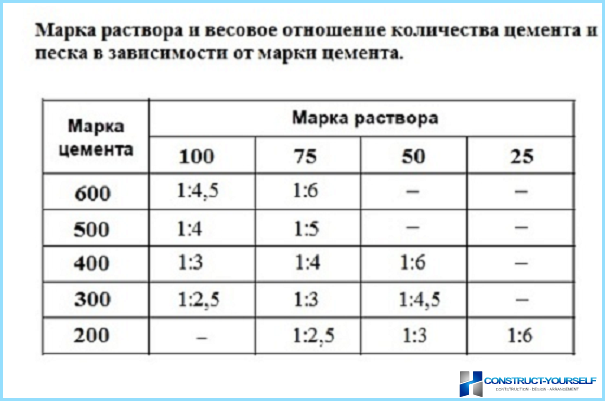
Preparation and storage of the solution ↑
The easiest solution for plaster walls, you can prepare using the mixers, if you are plastering a large surface, or manually, sequentially mixing the components of the mixture.
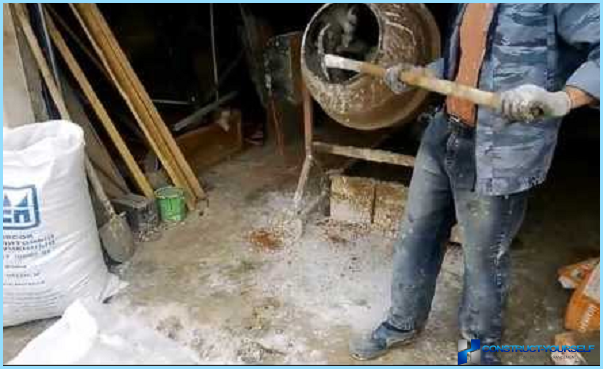
First in the mixer load most of the water, approximately ¾ portions, all the cement and the same sand, after 3-5 minutes of mixing add the remaining water and sand. If a recipe stipulates the use of additives, it is better to dissolve in water before loading cement. After half an hour of mixing, the resulting mass can take the test. Better in small portions at 10-15kg. The rest is stored in the mixer and periodically mixed to prevent stratification of the mixture. The main boot screen of the mixer and container with solution in hot or wet weather should be covered with film or tarpaulin.
Manual mixing of the mortar is given a heavier, higher physical activity, it is required to withstand a certain sequence and method of mixing components. First of all, the container for cooking must be clean and dry. First into the tank or trough riprap 10% sand and evenly distribute across the bottom, then loaded in equal parts sand and cement. Mix the components in a dry form, it is better to use a shovel with a wide and flat with a bayonet. The drier the sand, the easier it is to mix a solution.
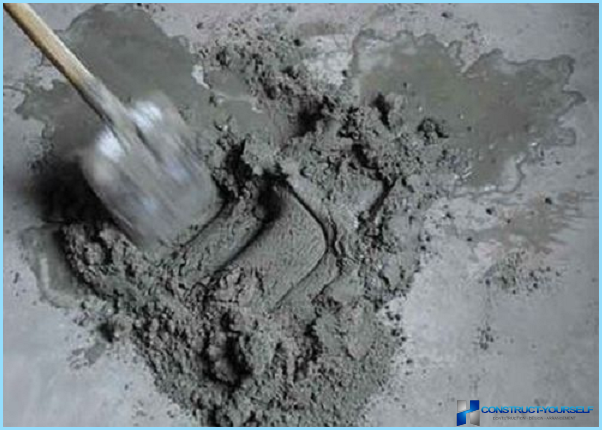
After stirring the mixture becomes homogenous, and will not see individual traces of sand on the background of a darker cement, the mixing water is added in three parts while continuing to mix the solution of the characteristic chopping and stretching movements.
Stirring the solution requires careful questioning mixes for alignment and distribution of all components and, most importantly, quality of hydration of the cement Foundation. The dough should not be lumps of dry material or unevenly hydrated cement-sand mixture. Depending on the type of cement and the temperature of the air mass dries from 10 to 20 hours.
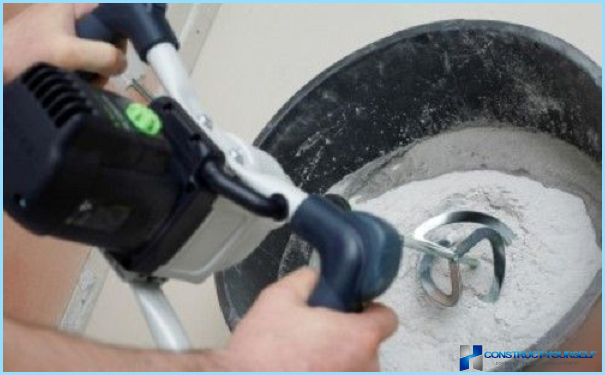
About half an hour a cement-based batch reacts with water, and the viscosity of the solution for plaster increases dramatically. Sand-cement mixture begin to form a hydrate of communication and intermediate bridges of strength. The solution dramatically increases the viscosity, to mix it becomes more complicated and there is a desire to add water.
To restore the viscosity is only necessary intensive mixing and «felling» plaster mass.
For solid plaster walls the problem of waterlogging is very serious. Maximum high strength plaster reaches in strict compliance with the proportions and materials. If the filler used natural river sand, and crushed products of processing of slag or stone screenings, the characteristics of the solution, including the flow and the strength of the plaster mass, can dramatically change. In this case, it is necessary to make a trial calibration batches to test the adhesion strength with the base.
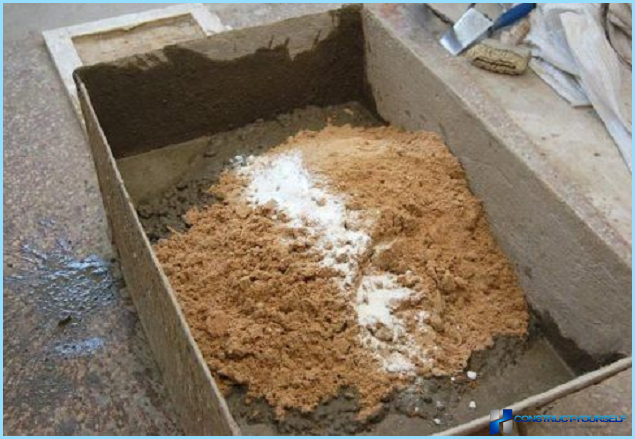
Solutions for «air» plasters ↑
Warm or insulating plaster walls are necessarily superimposed on top of durable. In the first layer the objective of the solution was getting thin and very durable sublayer with a maximum adhesion to the wall surface, the second layer is designed to perform several major tasks:
- Alignment of the geometric dimensions and compensation of the curvature of the walls;
- Increase heat resistance construction of walls in order to prevent the wetting of masonry;
- Remove excess moisture and salts from the walls, their recovery and restoration.
The solutions for the latter two options, in spite of some similarity functions, yet differ and are often used as separate layers of plaster.
Alignment and insulation ↑
To compensate for the geometry of the masonry and reducing heat conduction across the wall using lightweight mortars of plaster. In the first case, the amount of damage to wall material can be very significant. If for these purposes to apply multiple layers of strong plaster, the weight and the shrinkage of the solution with the formation of numerous deep internal cracks just tear off the whole layer of the masonry. Therefore, on top of a thin and durable layer is not more than 5 mm in thickness, it is necessary to pull the reinforcing mesh frame and then lay a leveling layer of plaster.
If the thickness of the alignment layer exceeds 20 mm, it is better to split into two sublayers, the reinforcing element can be shifted from the wall to the boundary between the two sublayers. The solution for the second sublayer need to add more sand and plasticizer to make it softer.
Maximum insulation plaster walls is achieved by using special additives zavozdushivanie. They increase the amount bound in the solution of air, thereby contribute to the formation in the solidified plaster number of closed air bubbles, resembling the pores of the foam. The difference in thermal conductivity conventional plaster can reach double value.
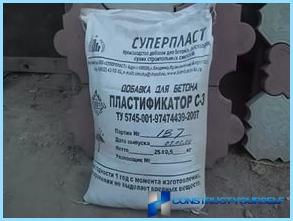
Healing plaster ↑
This is a specific and very effective way «treatment» masonry, especially red ceramic or silicate bricks. Most often, this solution is applied in a very thin layer of solid plaster ground, with more than half of the brickwork surface shall be free of primer layer and directly in contact with the insulating layer. The composition of the plaster made certain additives that allows to obtain pores through which moisture and salts are «stretch» from the composition of the brick, thereby increasing its bearing capacity and reducing the thermal conductivity.
Most often this procedure is performed during reconstruction of the building or anti-fungal formations. But sometimes migrating from the brick or soil salt can crystallize and clog the micro-pores in the plaster, when properly selected composition of additives, affecting the size of capillaries and pores.
Conclusion ↑
The possibility of the plaster layer is much more than just protect the surface of masonry or concrete walls, creating decoration or improvement of a microclimate. In properly selected plaster brickwork will retain its strength and stability even in adverse climate or during the groundwater flooding of the basement of the buildings.

